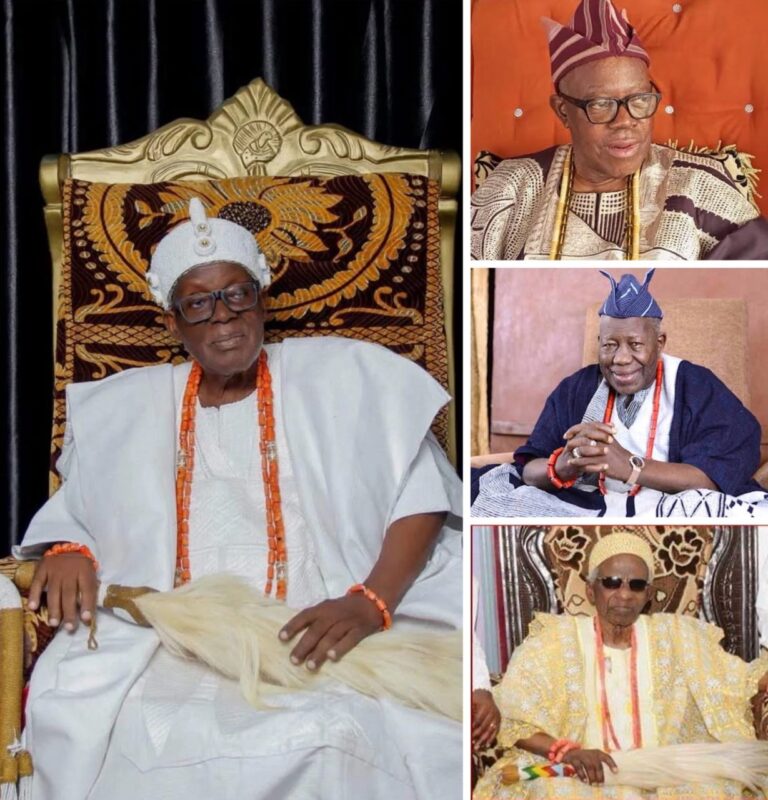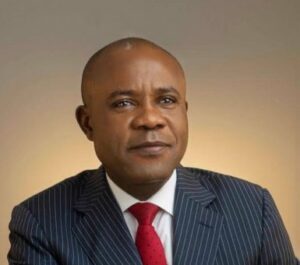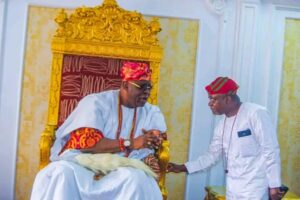
By Adesina Quadri Ademola
With the recent transition of His Imperial Majesty, Oba Owolabi Olakulehin, Ige Olakulehin I, the 43rd Olubadan of Ibadanland, attention has once again turned to the rich traditional history of Ibadan and its revered monarchs. The demise of Oba Olakulehin in the early hours of Monday marks the end of an era in Ibadan’s royal heritage.
For many, especially non-indigenes and the younger generation, there is growing curiosity about the lineage of past Olubadan, a succession deeply rooted in custom, hierarchy, and history. Since the Yorùbá took control of the city in 1820, Ibadanland has had 43 traditional rulers, evolving from military chieftains and Baales into a centralised royal system with the official designation of “Olubadan.”
Below is the comprehensive list of all 43 traditional leaders of Ibadanland from 1820 to 2025:
1. Lagelu – (1 year, 1820)
2. Baale Maye Okunade – (6 years, 1820–1826)
3. Baale Oluyedun Labosinde – (4 years, 1826–1830)
4. Baale Lakanle – (5 years, 1830–1835)
5. Basorun Oluyole Ojaba – (15 years, 1835–1850)
6. Baale Oderinlo Opeagbe (Idiomo/Kure) – (1 year, 1850–1851)
7. Baale Oyesile Olugbode (Ita Baale) – (13 years, 1851–1864)
8. Baale Ibikunle – (1 year, 1864–1865)
9. Basorun Ogumola (Mapo) – (2 years, 1865–1867)
10. Balogun Beyioku Akere (Onitamperin) – (3 years, 1867–1870)
11. Baale Orowusi (Awarun) Kobomoje – (1 year, 1870–1871)
12. Aare Oadoke Latoosa (Oke-Are) – (14 years, 1871–1885)
13. Balogun Ajayi Osungbekun (Kobomoje) – (8 years, 1885–1893)
14. Baale Fijabi I (Omo Babalola, Oritamerin) – (2 years, 1893–1895)
15. Baale Osuntoki Olusun (Agbeni) – (2 years, 1895–1897)
16. Badorun Fajimi (Yerombi, Oranyan) – (5 years, 1897–1902)
17. Baale Mosaderin Sunlehinmi (Oranyan) – (2 years, 1902–1904)
18. Baale Dada Opadare (Mapo) – (3 years, 1904–1907)
19. Basorun Sumonu Apanpa (Isale-Osi) – (3 years, 1907–1910)
20. Baale Akintayo Awanibaku (Elenpe Bere, Aboke) – (2 years, 1910–1912)
21. Baale Irefin (Omo Ogundeyi, Oke Ofa Babasale) – (2 years, 1912–1914)
22. Baale Shitu (Omo Are Latosa, Oke-Are) – (11 years, 1914–1925)
23. Baale Oyewole Aiyejenku (Omo Foko, Oke-Foko) – (5 years, 1925–1930)
24. Olubadan Okunola Abass Alesinloye (Isale Ijebu) – (16 years, 1930–1946)
25. Olubadan Fagbinrin Akere II (Oritamerin) – (3 months, 1946)
26. Olubadan Oyetunde I (Eleta) – (8 months, 1946)
27. Olubadan Akintunde Bioku (Oleyo, Oranyan) – (1 year, 1947–1948)
28. Olubadan Fijabi II (Oritamerin) – (4 years, 1948–1952)
29. Olubadan Memudu Alli (Iwo Gbenla) – (3 months, 1952)
30. Olubadan Igbintade Apete (Oke Ofa) – (3 months, 1952–1955)
31. Oba Isaac Babalola Akinyele (Alafara) – (9 years, 1955–1964)
32. Oba Yesufu Kobiowu (Oranyan) – (2 months, 1964)
33. Oba Salawu Akanbi Aminu (Adeoyo) – (6 years, 1965–1971)
34. Oba Shittu Akintola Oyetunde II (Eleta) – (5 years, 1971–1976)
35. Oba Gbadamosi Akanbi Adebimpe (Odinjo) – (1 year, 1976–1977)
36. Oba Daniel Tayo Akinbiyi (Elekuro) – (5 years, 1977–1982)
37. Oba Yesufu Oloyede Asanike (Idi-Aro) – (10 years, 1983–1993)
38. Oba Emmanuel Adegboyega Operinde (Isale Ijebu) – (6 years, 1993–1999)
39. Oba Yinusa B. Ogundipe Arapasowu I (Oranyan) – (8 years, 1999–2007)
40. Oba Samuel Odulana Odugade I – (9 years, 2007–2016)
41. Oba Saliu Akanmu Adetunji (Aje Ogungunniso I) – (6 years, 2016–2022)
42. Oba Lekan Balogun (Alli Okunmade II) – (2 years, 2022–2024)
43. Oba Akinloye Owolabi Olakulehin (Ige Olakulehin I) – (1 year, 2024–2025)
As tradition dictates, all eyes are now on the current Otun Olubadan, High Chief Rashidi Adewolu Ladoja, a former governor of Oyo State, who stands next in line from the Civil Line to ascend the ancient throne. If crowned, he would become the 44th Olubadan of Ibadanland.
Ibadan remains one of the few traditional institutions in Nigeria where ascension follows a time-tested and transparent hierarchy, alternating between the Balogun and Otun lines—preserving both the dignity and structure of the revered chieftaincy system.
As Ibadan prepares for the next chapter in its regal journey, the memories of the past 43 monarchs continue to shape its cultural narrative and guide its future.
May the crown continue to reign in peace.








